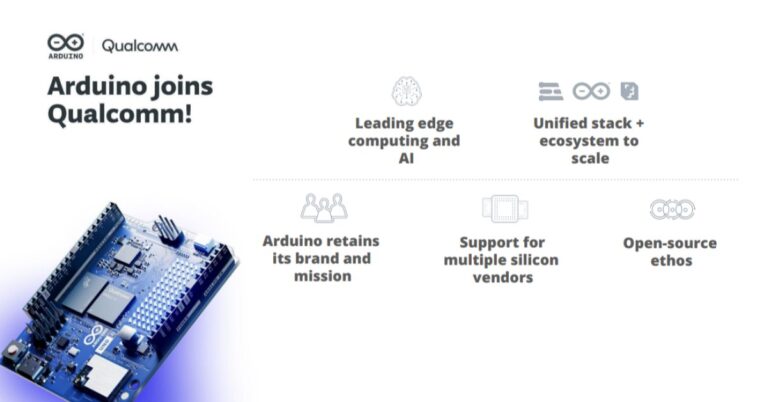- Tech News & Insight
- October 24, 2025
- Hema Kadia
Industry capex remained exceptionally strong in 2024, underscoring broadband’s status as critical infrastructure for the digital and AI economy. Broadband providers invested an estimated $89.6 billion in U.S. communications infrastructure last year, pushing cumulative investment since 1996 to more than $2.2 trillion and keeping the 2020–2024 average above $90 billion annually. Spend concentrated on fiber deepening, rural reach, wireless capacity, and overall network scale for AI, cloud, and streaming workloads. While 2024 trailed 2023’s higher tally, it still signals a sustained, competitive race to modernize fixed and mobile networks.






























